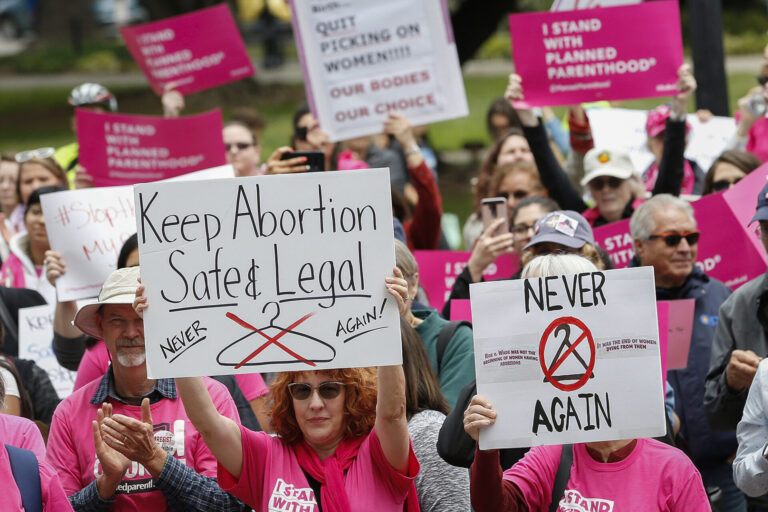Joint custody is a growing reality—but the country’s systems for supporting families aren’t built to accommodate it.
For most of american history, when parents separated, their kids almost always ended up living with just one of them. But recent studies have confirmed a new era: Joint physical custody, in which a child resides with each parent a significant portion of the time, has become dramatically more common in the U.S.
The trend was first documented in Wisconsin, where court data revealed that the percentage of divorces leading to equal joint custody—in which time with each parent is split 50–50—rose from just 2 percent in 1980 to 35 percent in 2010. Even among never-married Wisconsin couples who came to court to establish child support—a group in which the prevalence of shared custody is, perhaps unsurprisingly, low—shared arrangements doubled from 2003 to 2013. And a 2022 study found that, nationally, the share of divorces resulting in joint custody jumped from 13 percent before 1985 to 34 percent in the early 2010s. (We don’t have the data to assess custody arrangements among never-married couples nationwide.) Although the increase is steepest among high-income couples, it’s happening across the socioeconomic spectrum, Daniel Meyer, a social-work professor at the University of Wisconsin at Madison who studies child custody, told me.
The same change appears to be happening in Europe: The prevalence of equal joint custody roughly doubled from the mid-2000s to 2021, according to a study published earlier this year. The rate of shared custody varies massively among European countries, but it seems to be rising in many of them.
On average, children in shared arrangements tend to fare slightly better than those in sole custody on a variety of metrics, including life satisfaction, stress levels, and self-esteem. But the couples that share custody are usually wealthier, better educated, and have a less fraught relationship with each other, which makes sense: Even in an unequal joint arrangement, a child must be housed, fed, and cared for in two places—which usually requires duplicating expenses. Coordination is needed to transport the kid back and forth. Whether the better outcomes associated with joint custody reflect the arrangement itself or the conditions that make it possible is unclear, Meyer told me. And of course, in some situations—if one parent is abusive or unstable, for example—sole custody is in fact what’s best for the child.
Source: The Atlantic







